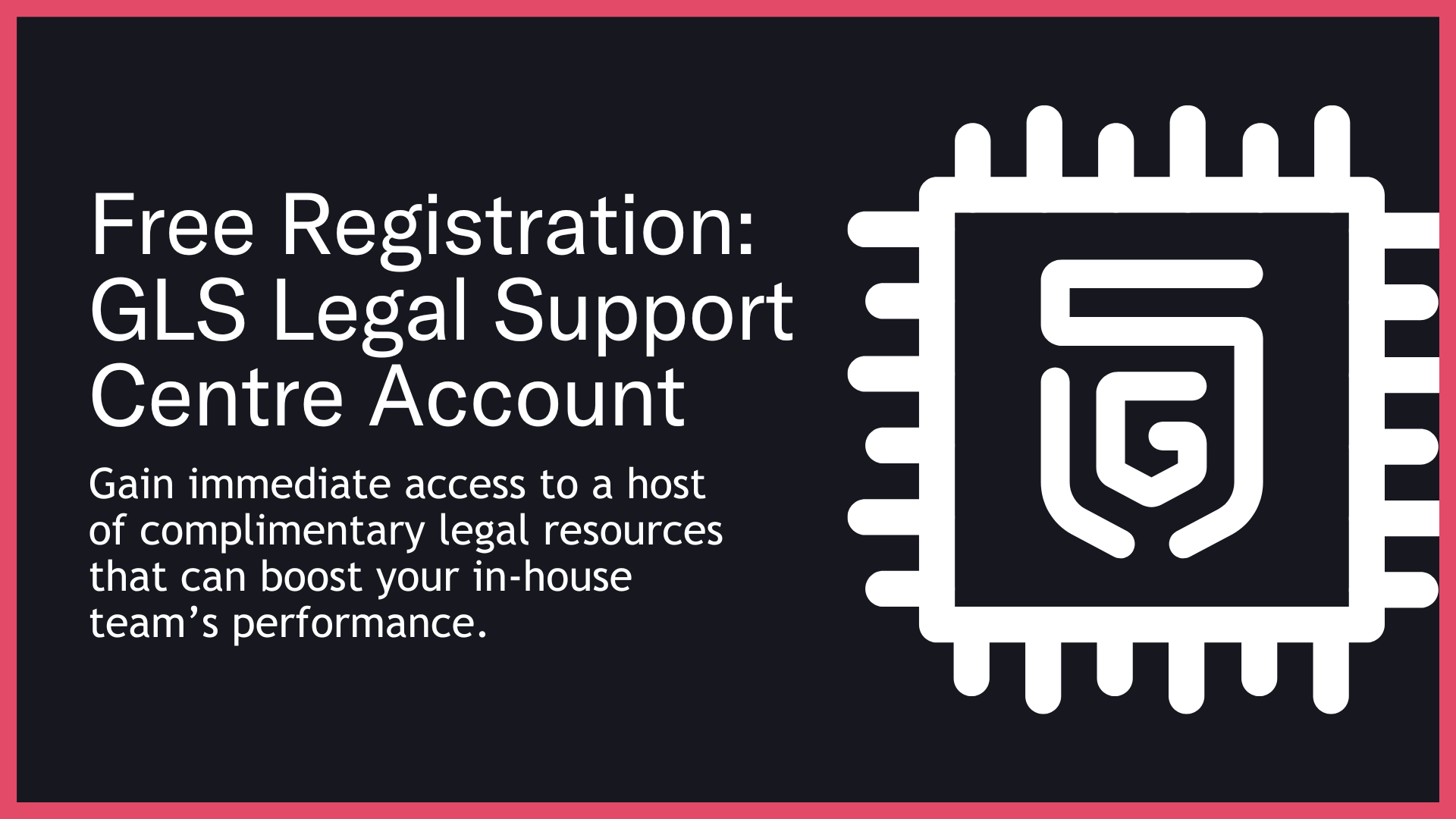GLS Legal Support Centre
Legal Made Easy For Startups
Back
Series A
Introduction
“Series A is when investors stop betting on your vision and start betting on your execution.” – Matt Glynn
If the Seed Round was about proving your idea works, Series A is about proving you can scale it. This is the stage where start-ups raise institutional capital to expand operations, accelerate growth, and professionalize governance. The cheque sizes get bigger, the scrutiny gets sharper, and the legal stakes get higher.
What is a Series A Round?
Series A is the first major institutional funding round for a start-up. Typical raise: $2m–$15m+, depending on geography and sector.
It usually involves:
◼️Equity investments: issuance of preferred shares with negotiated rights.
◼️Valuation benchmarking: first “serious” valuation, shaping future rounds.
◼️Governance shifts: board seats, veto powers, reporting obligations.
Why This is Important
This is an important stage of the start-up journey because:
◼️Scaling capital: Provides funding to expand teams, product, and market reach.
◼️Validation: Institutional backing signals maturity and credibility.
◼️Governance upgrade: Formalises reporting, compliance, and board oversight.
◼️Investor signalling: A strong Series A unlocks future Series B/C investment.
◼️Competitive moat: Enables faster execution before rivals catch up.
Consequences of Not Addressing This Issue
Legal Implications
- Poorly negotiated preferred share terms can strip founders of control.
- Ignoring securities compliance risks fines or voided share issuances.
- Weak IP protections exposed during due diligence can derail the raise.
Founder Relationship Issues
- Disagreements on dilution or governance concessions can fracture founder teams.
- Misaligned expectations about investor involvement spark tension.
- Board composition battles create power struggles.
Commercial Implications
- Raising too little leaves growth underfunded, stalling momentum.
- Overvaluation risks a “down round” if traction lags behind hype.
- Bad terms discourage future investors from participating.
Operational Implications
- Heavy investor reporting requirements overwhelm unprepared teams.
- Inexperienced boards interfere with day-to-day operations.
- Capital misallocation (hiring too fast, wrong markets) can burn runway prematurely.
Biz Valuation Issues
- Terms like liquidation preferences or anti-dilution clauses can crush founder equity.
- Mispricing the round either undercuts ownership or creates unrealistic growth pressure.
- Failure to structure investor classes properly complicates later rounds.
What You Should Be Doing
◼️Get investor-ready: tighten financials, KPIs, and governance structures.
◼️Negotiate preferred shares carefully: liquidation preferences, anti-dilution, veto rights.
◼️Protect IP before due diligence: registrations, ownership clean-up, assignments.
◼️Secure a strong lead investor: they set terms and attract syndicate followers.
◼️Plan your cap table: model dilution across Series A–C.
◼️Raise enough runway: Series A should fund 18–24 months of growth milestones.
The above are just a few of the steps you can consider taking. There are many more things that need to be done to ensure the associated risks are effectively and pragmatically dealt with.
Real-World Case Studies
Stripe (2012) – Clean Governance & Strategic Investors
Stripe raised $18m Series A led by Sequoia Capital. The round set Stripe apart because of its clean governance terms and carefully chosen strategic investors, which gave credibility in a conservative payments industry.
Lesson: Negotiating fair preferred share rights and attracting the right investors can fuel exponential growth - but only with sharp legal structuring.
WeWork (2012) – Overvaluation Seeds Future Trouble
WeWork’s early Series A rounds raised around $6.8m, but set inflated expectations with aggressive valuations and limited governance guardrails. While it later attracted billions, the lack of early discipline became fatal when business fundamentals failed to match hype.
Lesson: Series A isn’t just about money. Poor legal and financial discipline at this stage can set up catastrophic governance and valuation problems down the line.
Zoom (2011) – Strong Terms & Long-Term Vision
Zoom raised $3m Series A led by Qualcomm Ventures. Investors were drawn to clear product-market fit and the founder’s vision, but Zoom succeeded long-term because the round was structured to protect founder control while still providing investor safeguards.
Lesson: Balanced Series A terms, negotiated with legal foresight, preserve founder leadership while satisfying institutional investors.
PAAs (People Also Ask)
◼️PAA: What is the purpose of a Series A round?
To raise institutional capital for scaling beyond product-market fit.
◼️PAA: How much equity do founders usually give up in Series A?
Typically 20–30%, depending on valuation and capital raised.
◼️PAA: What legal documents are critical in Series A?
Shareholders’ Agreement, Subscription Agreement, Cap Table, Investor Rights Agreement.
◼️PAA: What is the difference between a seed round and Series A?
Seed = proving product-market fit; Series A = scaling growth with institutional capital.
PAA: What risks come with Series A funding?
◼️Loss of control, heavy dilution, investor vetoes, and compliance burdens.
Final Thoughts
Series A is the start-up’s graduation from vision to execution. It brings big money and big expectations. Whether you end up like Stripe, WeWork, or Zoom often comes down to the quality of your legal structuring and governance discipline at this stage. This is where good lawyers stop being optional and start being mission-critical.
How GLS Can Help You
◼️Series A shareholder agreement drafting & negotiation
◼️Cap table modelling & dilution analysis
◼️Structuring preferred share rights
◼️IP portfolio due diligence & protection
◼️Securities law compliance for fundraising
◼️Negotiating with VCs & strategic investors
◼️Governance structuring (board composition, reporting)
◼️Employment & ESOP structuring for scale
◼️Cross-border investor structuring
◼️End-to-end Series A legal project management

